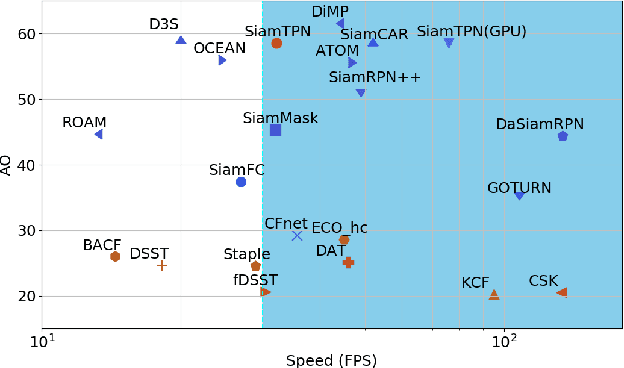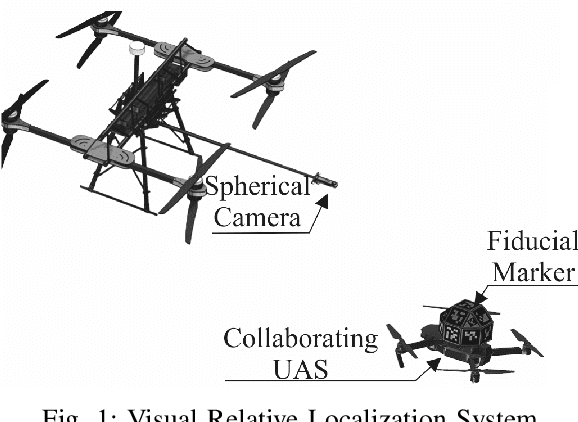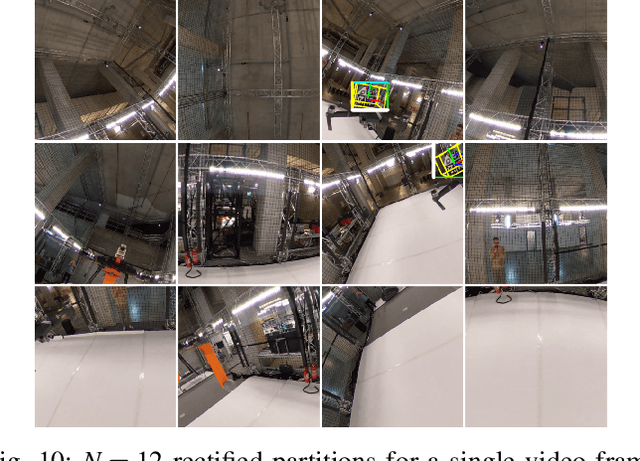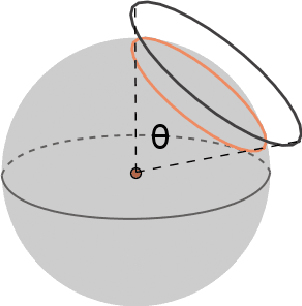Athanasios Tsoukalas
Siamese Transformer Pyramid Networks for Real-Time UAV Tracking
Oct 17, 2021



Abstract:Recent object tracking methods depend upon deep networks or convoluted architectures. Most of those trackers can hardly meet real-time processing requirements on mobile platforms with limited computing resources. In this work, we introduce the Siamese Transformer Pyramid Network (SiamTPN), which inherits the advantages from both CNN and Transformer architectures. Specifically, we exploit the inherent feature pyramid of a lightweight network (ShuffleNetV2) and reinforce it with a Transformer to construct a robust target-specific appearance model. A centralized architecture with lateral cross attention is developed for building augmented high-level feature maps. To avoid the computation and memory intensity while fusing pyramid representations with the Transformer, we further introduce the pooling attention module, which significantly reduces memory and time complexity while improving the robustness. Comprehensive experiments on both aerial and prevalent tracking benchmarks achieve competitive results while operating at high speed, demonstrating the effectiveness of SiamTPN. Moreover, our fastest variant tracker operates over 30 Hz on a single CPU-core and obtaining an AUC score of 58.1% on the LaSOT dataset. Source codes are available at https://github.com/RISCNYUAD/SiamTPNTracker
Relative Visual Localization for Unmanned Aerial Systems
Mar 04, 2020



Abstract:Cooperative Unmanned Aerial Systems (UASs) in GPS-denied environments demand an accurate pose-localization system to ensure efficient operation. In this paper we present a novel visual relative localization system capable of monitoring a 360$^o$ Field-of-View (FoV) in the immediate surroundings of the UAS using a spherical camera. Collaborating UASs carry a set of fiducial markers which are detected by the camera-system. The spherical image is partitioned and rectified into a set of square images. An algorithm is proposed to select the number of images that balances the computational load while maintaining a minimum tracking-accuracy level. The developed system tracks UASs in the vicinity of the spherical camera and experimental studies using two UASs are offered to validate the performance of the relative visual localization against that of a motion capture system.
 Add to Chrome
Add to Chrome Add to Firefox
Add to Firefox Add to Edge
Add to Edge